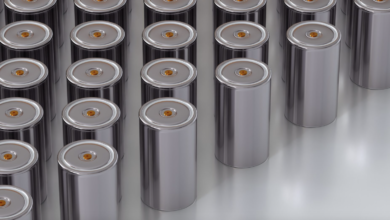Use 3 times more efficient resin for CO2 adsorption
In addition to the CO2 adsorption phase, the hybrid material is also more efficient in desorption
(sustainabilityenvironment.com) – Capture up to three times more carbon dioxide from the air, and with lower costs. This is what promises a new material for CO2 adsorption developed by a team of researchers from Lehigh University in Pennsylvania and Tianjin University in Shenzhen, China. A hybrid material, which uses resins and other chemicals, and can both store more CO2 and release it with less energy expenditure.
The limits of the DAC
Direct air capture (DAC) is a technology still little widespread but considered important to achieve the objectives of decarbonisation. Among the obstacles to its spread is the low efficiency. CO2 in the atmosphere is very diluted, “just” a little over 400 parts per million. So, to capture them, you need machines that need a lot of energy both for the adsorption of CO2 and for the desorption phase, that is, when you act on the sorbent material to release carbon dioxide.
Towards more efficient CO2 adsorption
The new material makes the whole process more efficient. It is, the authors explain, “a hybrid sorbent derived from the acid-base interaction of Lewis with a polyamine-Cu(II)” complex, a resin base, which would reach high molality, being able to capture “over 5 mol of CO2/kg of sorbent“. Compared to the sorbents traditionally used for DAC is “a capacity almost two or three times higher than most sorbents DAC”, note the researchers.
Read also Carbon capture, from enzymatic technologies to waste use
Not only that. The advantages are also in the phase of release of captured CO2. “The hybrid sorbent, like other amine-based sorbents, is suitable for thermal desorption at less than 90 ºC”, but can also release CO2 when in contact with simple seawater. “Seawater has been validated as a valuable regenerator and desorbed CO2 is simultaneously sequestered as harmless and chemically stable alkalinity (NaHCO3),” the authors conclude.






